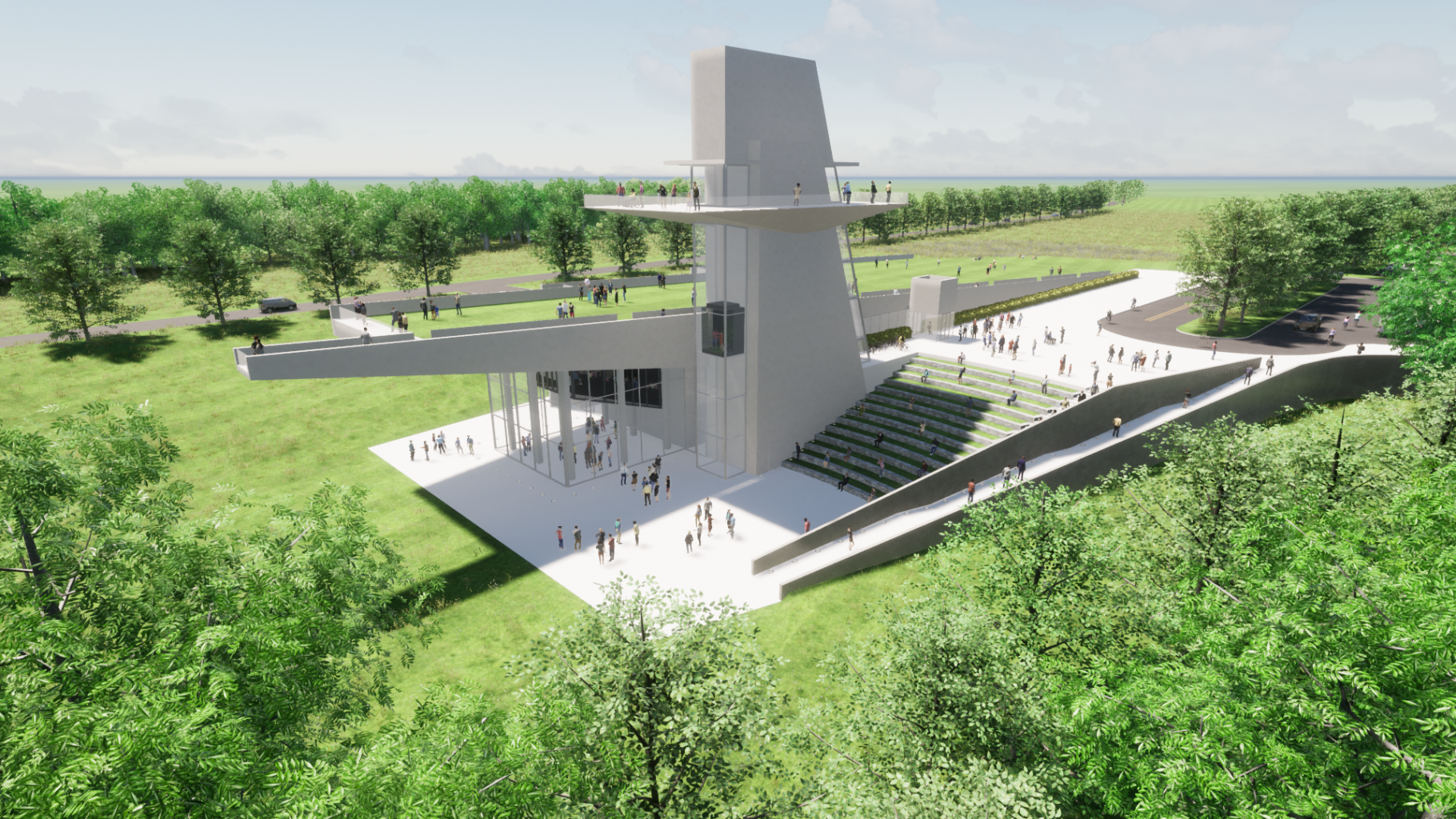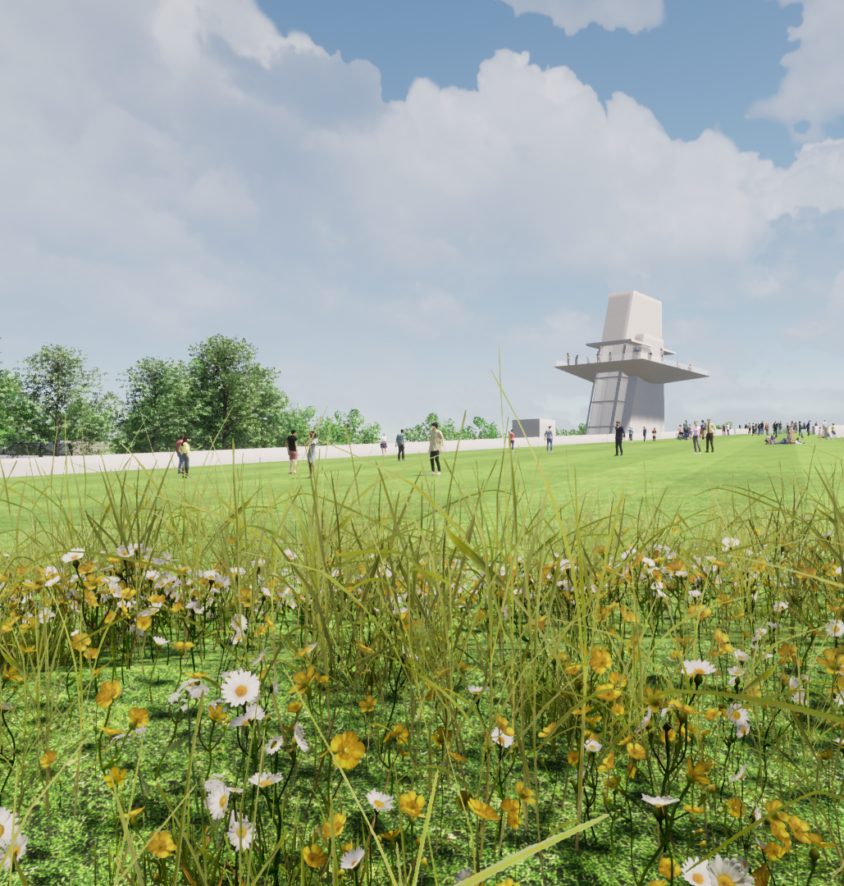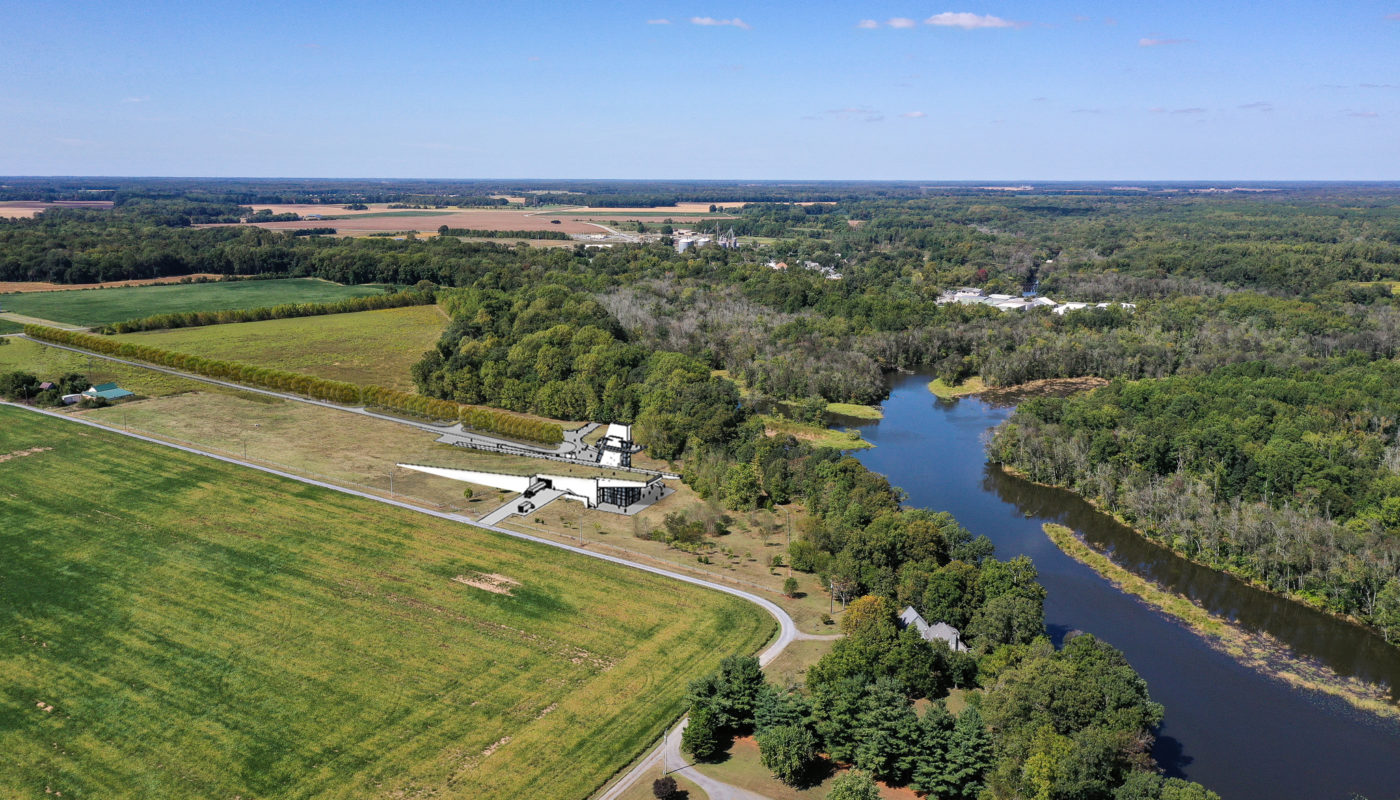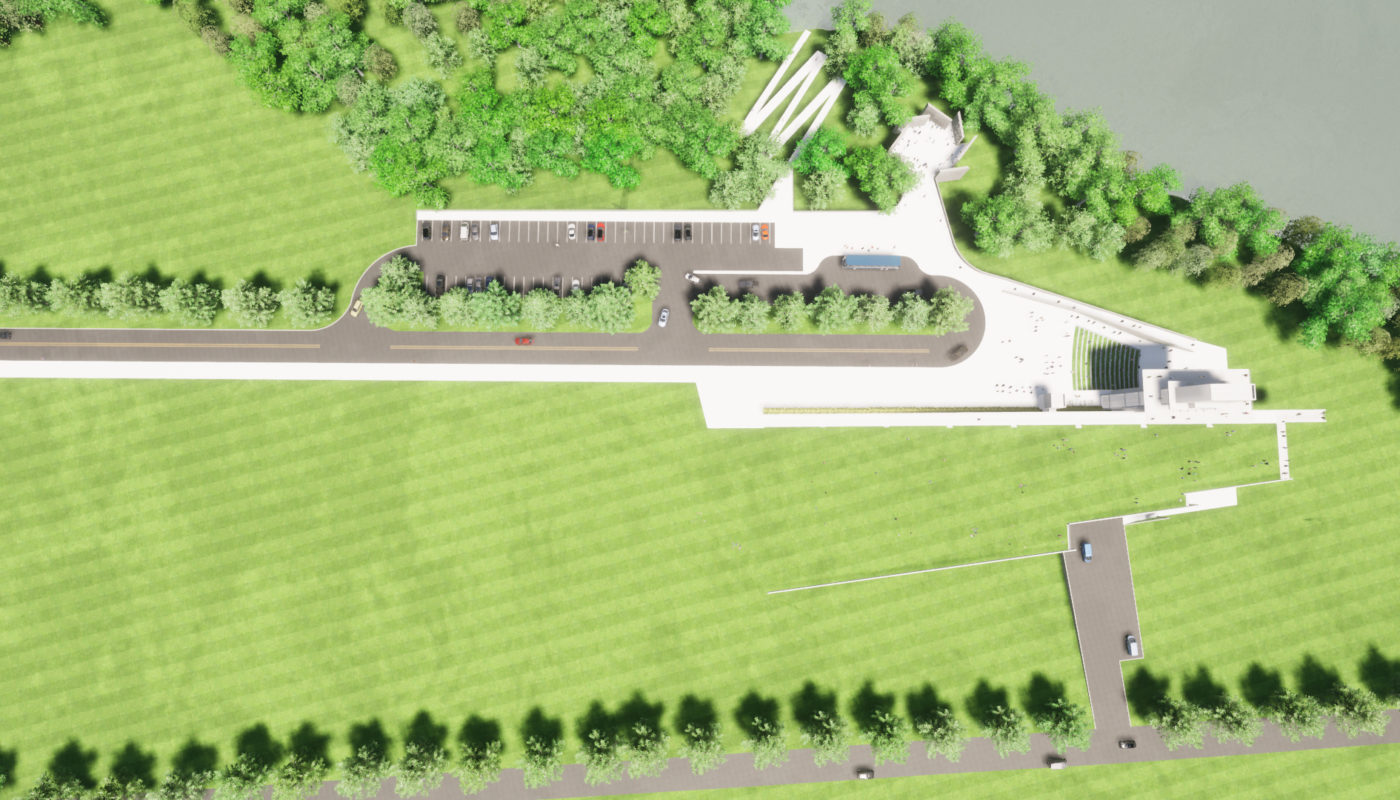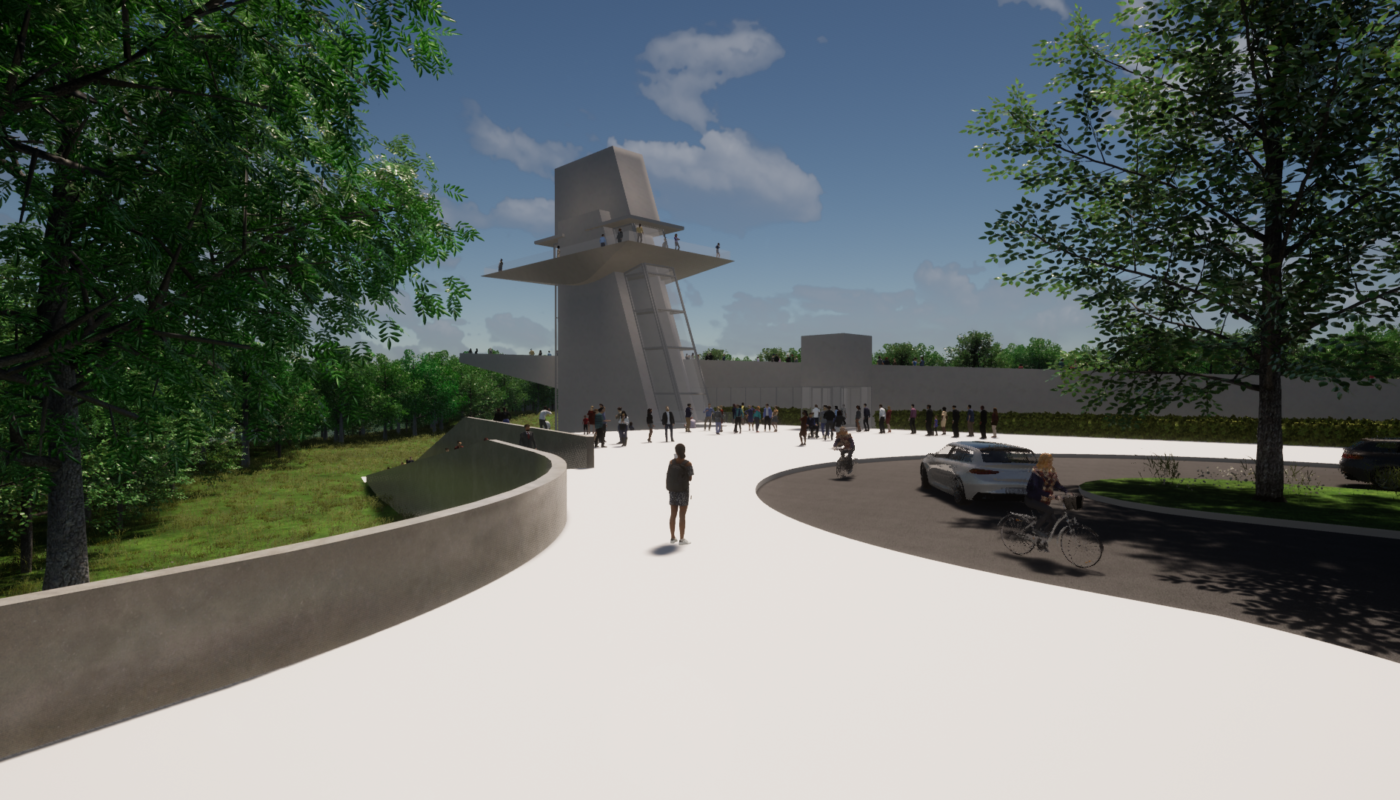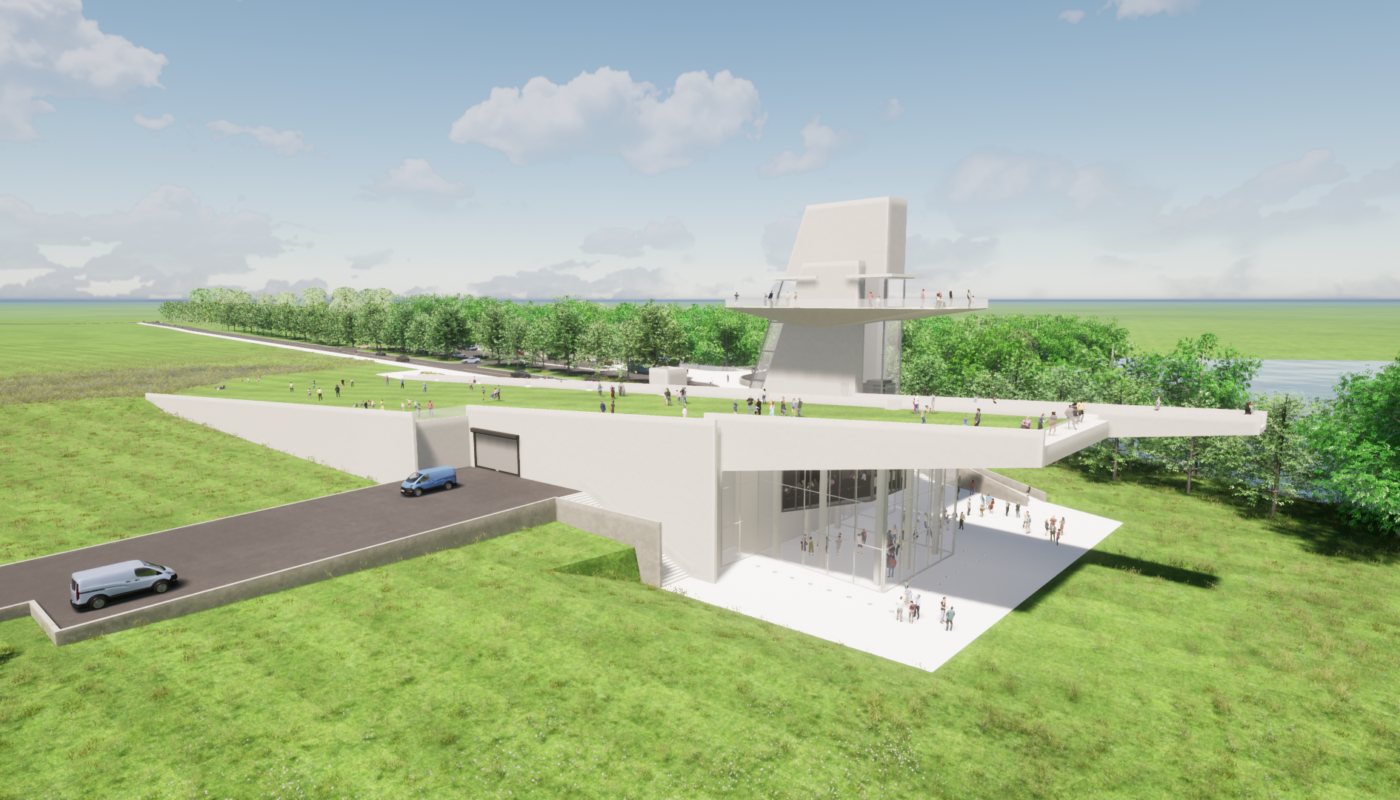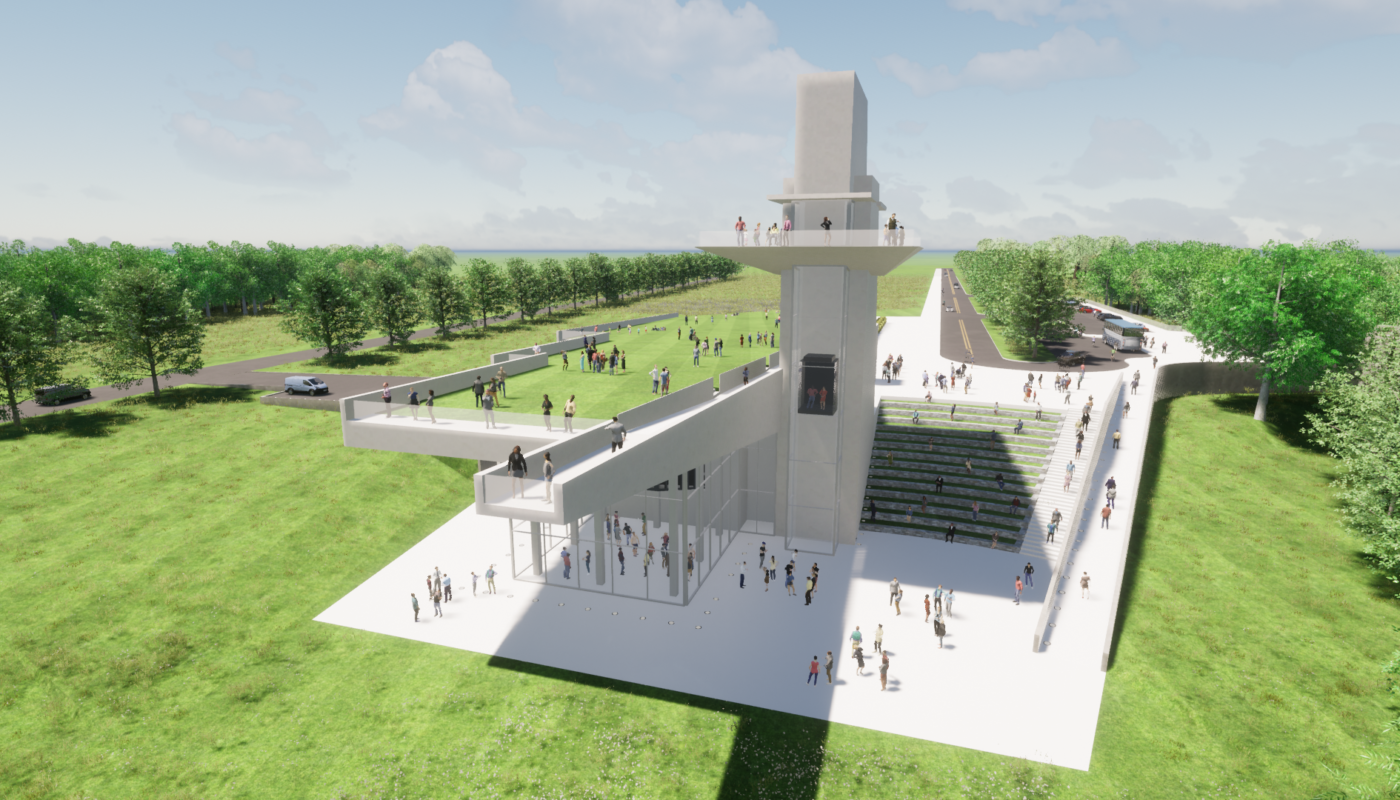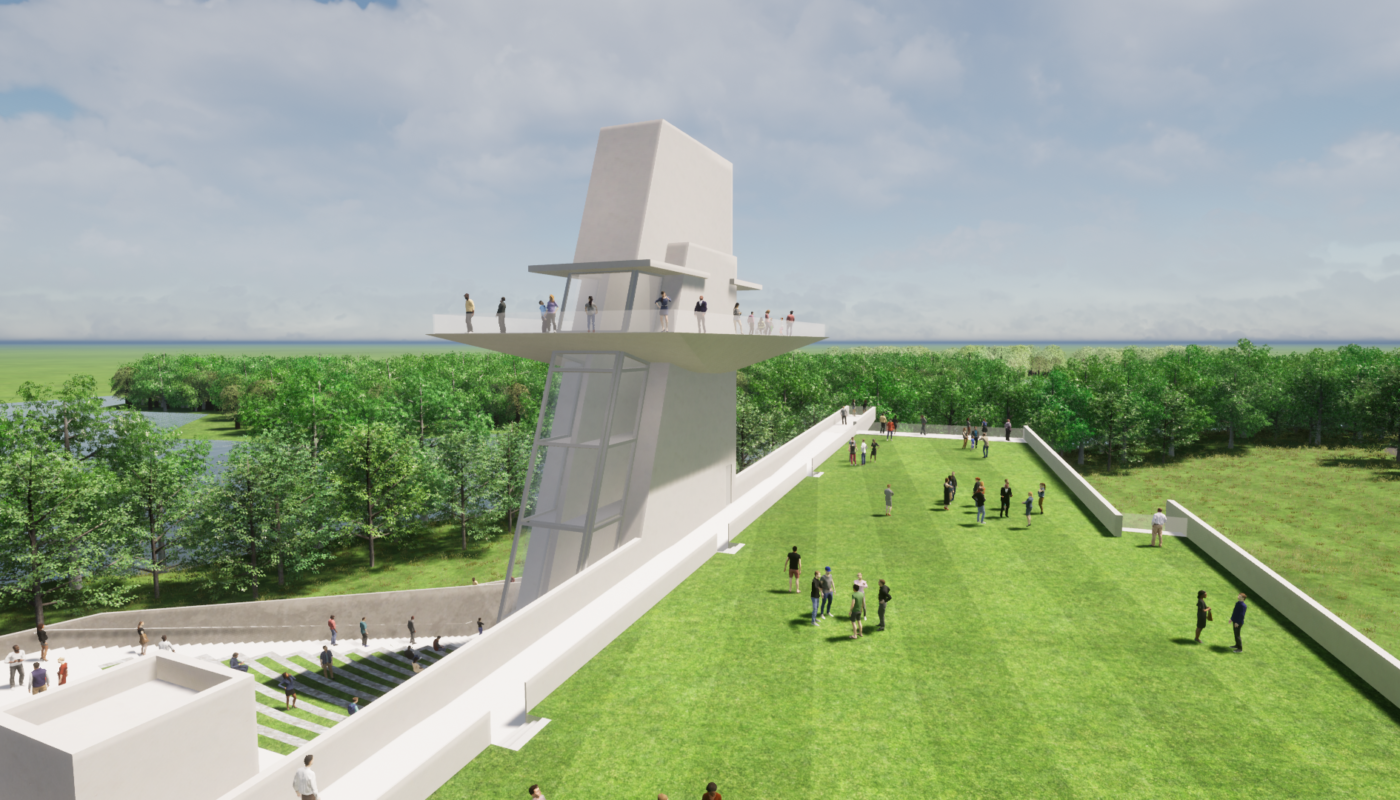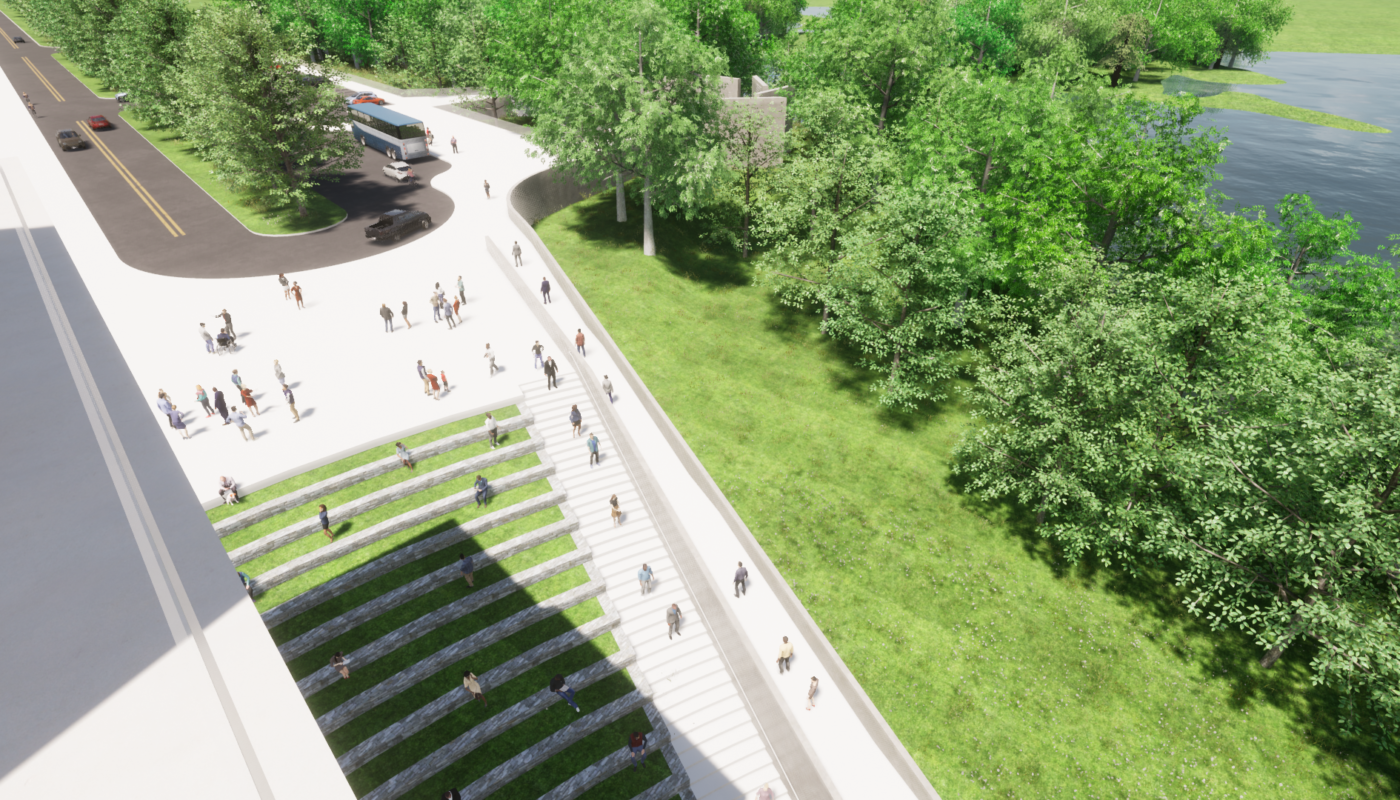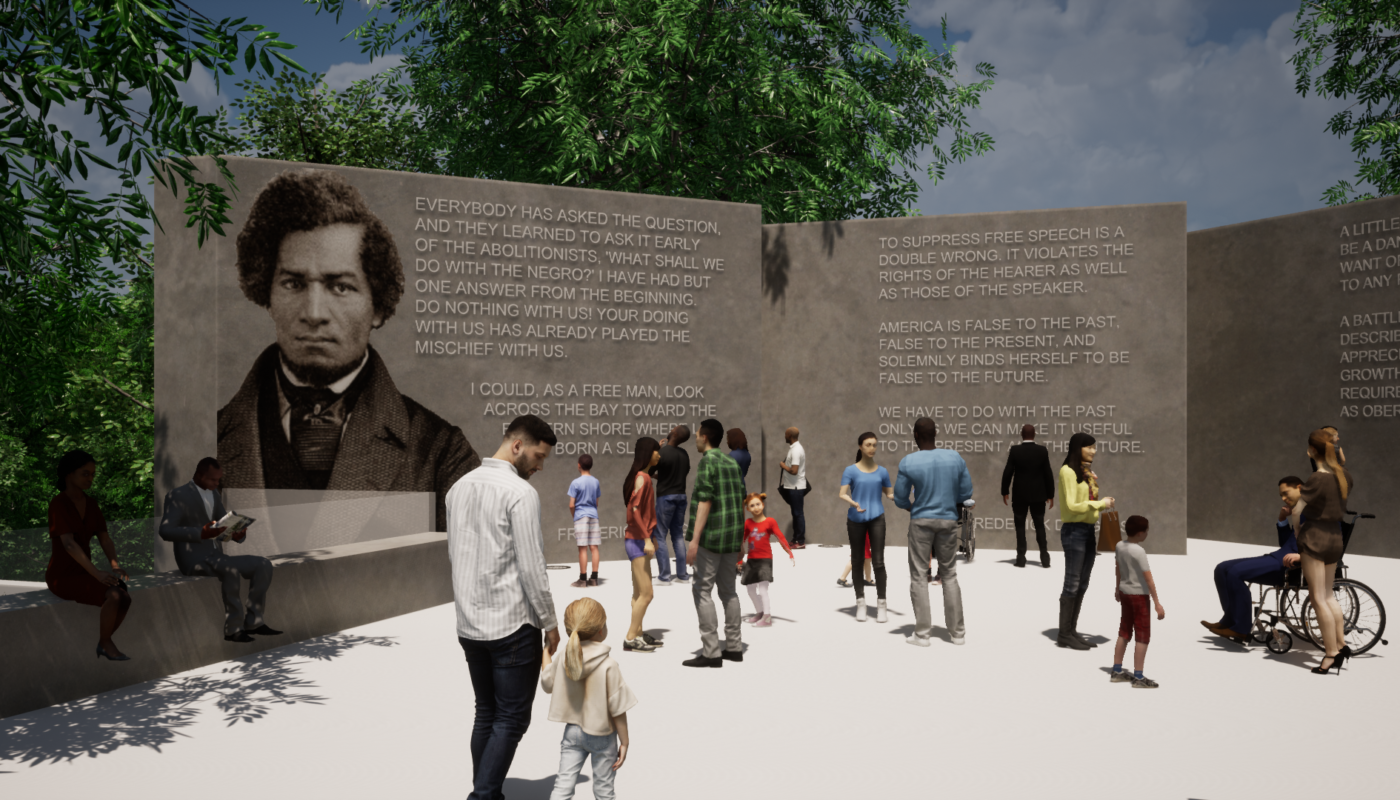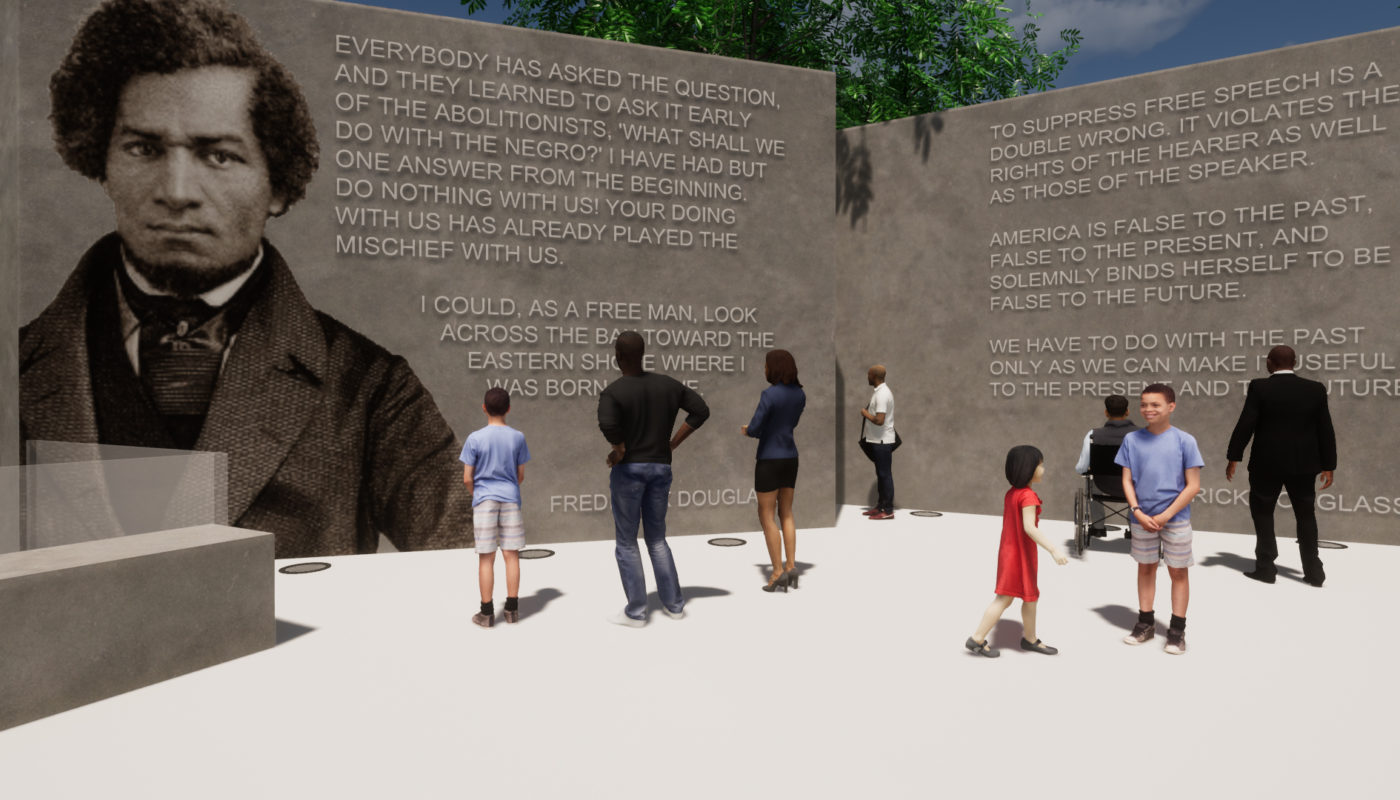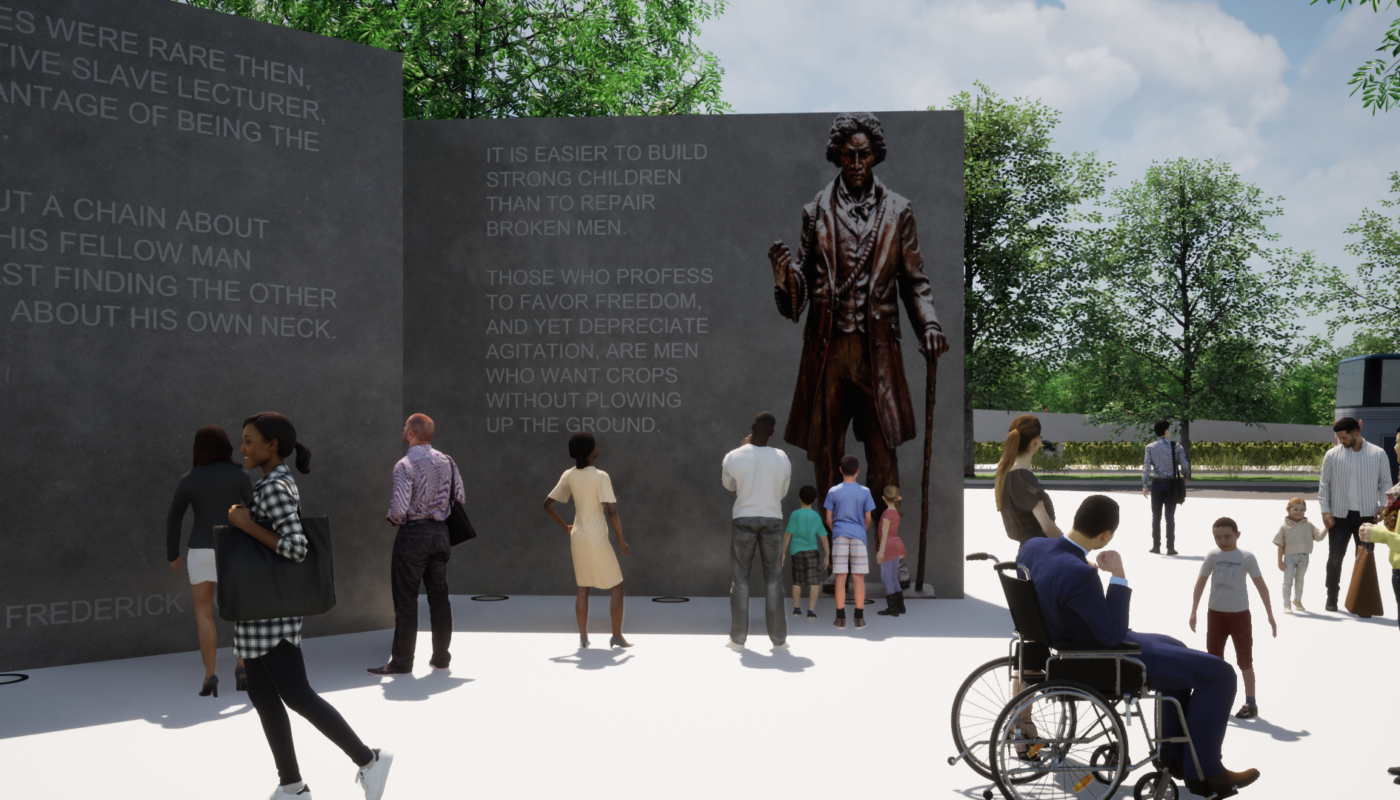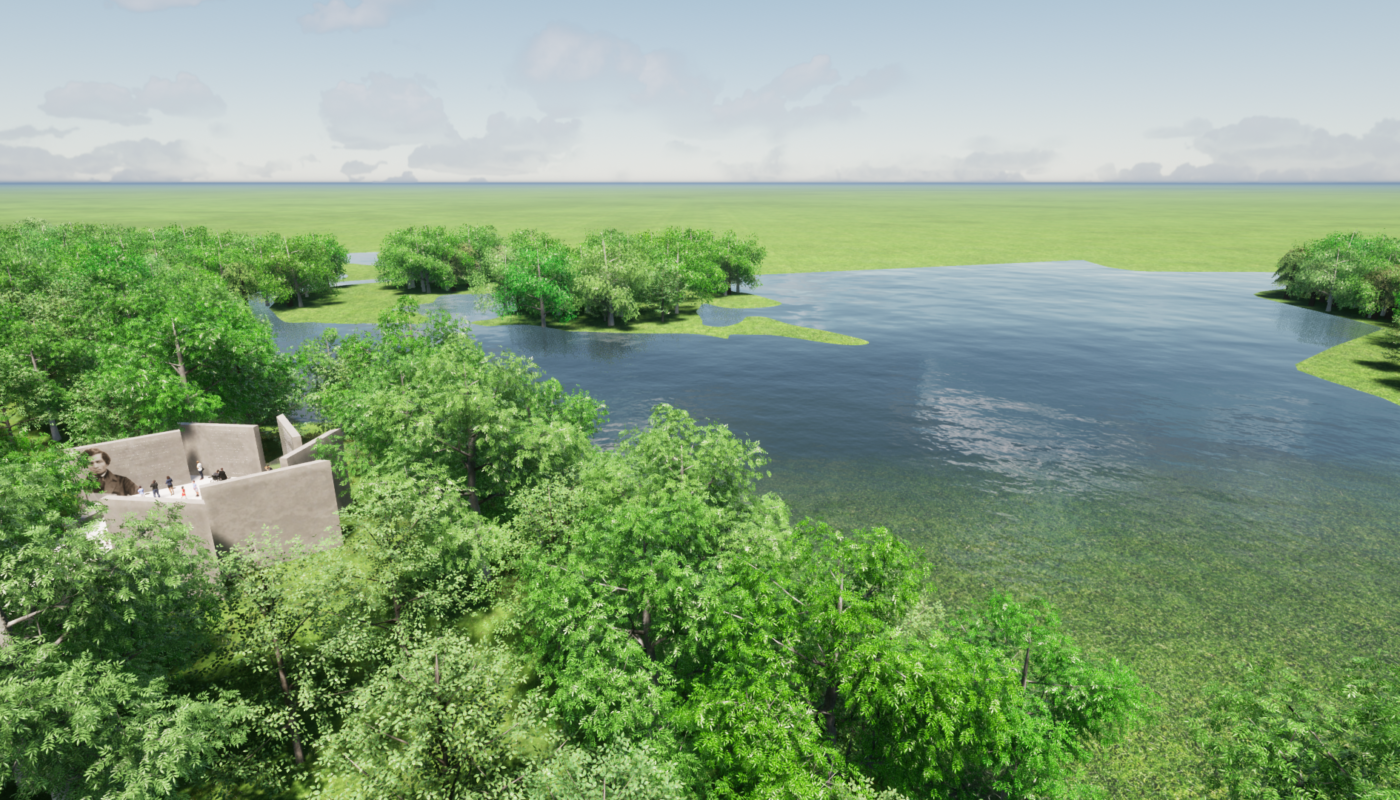Frederick Douglass Park – Master Plan
The Department of Parks and Recreation, and Department of Economic Development and Tourism for Talbot County, Maryland, selected the team consisting of LSG Landscape Architecture, The Design Minds and Michael Marshall Design to design the Frederick Douglass Park on the Tuckahoe. The team was tapped to create a master plan and interpretive plan for the new destination, dedicated to native son Frederick Douglass.
Frederick Douglass, considered to be the father of the American Civil Rights Movement, was born in Talbot County, Maryland, in 1818. Born into slavery, he escaped, eventually becoming a prominent leader of the abolitionist movement. His writings are universally regarded as classics and powerful narratives of the anti-slavery movement.
Our mission is to deliver the use of the park as a place of remembrance of the early life and times of Douglass — as Talbot County is his birthplace — and just as importantly create a place for the enjoyment of visitors for present day use.
In addition to our design of the national park setting, adjacent to the Tuckahoe we propose the addition of a visitor’s center that will formally educate generations to come, through interpretive media and a memorial plaza to commemorate the life of Frederick Douglass.
The visitor’s center is a hybrid of landscape and building. What could be seen as a green roof is the actual blurring of the earth and structure. As not to interrupt the appreciation of the landscape, upon entering the park, the land rises up to cover the unsuspected building, delivering an element of surprise to see the visitor’s center tucked below.
Address
MarylandClient
Department of Parks and RecreationArea
107.173 AcresStatus
UnbuiltServices
“As an African American architect, I am particularly proud to be part of this team, working to bring greater awareness of the importance of this place, and to what we can continue to learn from the teachings and legacy of Frederick Douglass.”
From His To Our Time
Our design for the Frederick Douglass Park on the Tuckahoe emanates from the desire to develop a Master Plan that illustrates that the physical environment and landscape of the Tuckahoe has not changed substantially from Douglass’ time to our epoch, and captures our appreciation of this area contemporaneously.
